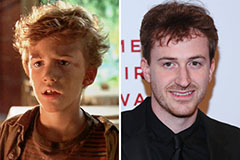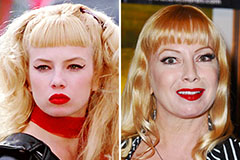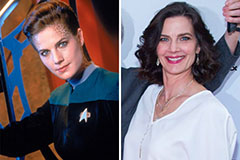The discipline of audiology, focused on dealing with hearing impairments and balance issues, has actually experienced an impressive metamorphosis throughout its history. Evolving from an essential expedition of noise and auditory understanding to a cutting-edge, tech-savvy field, audiology has actually regularly adapted and progressed. This short article explores the turning points and groundbreaking findings that have actually affected contemporary approaches to hearing healthcare.
The Beginnings of Audiology
Audiology's roots can be traced back to ancient times when civilizations like the Egyptians and Greeks initially started to recognize and document hearing impairments. However, it wasn't up until the 19th century that the research study of hearing handled a more clinical approach. The invention of the ear trumpet in the late 18th century, a simple gadget created to magnify sound for the hard of hearing, marked one of the earliest attempts to attend to hearing loss.The Beginning of More Modern Audiology
The pivotal moment for audiology followed World War II, as thousands of veterans returned home with noise-induced hearing loss caused by exposure to loud surges and equipment. This produced an immediate requirement for reliable treatments and rehab services, catalyzing the establishment of audiology as an official occupation. Audiologists started with fundamental diagnostic tests to assess hearing loss and quickly moved towards developing more sophisticated audiometric strategies.Technological Advancements and Primary Discoveries
One of the most significant advancements in audiology came with the development of the electronic hearing aid in the 20th century. Early designs were large and minimal in performance, however the arrival of digital innovation in the latter half of the century changed listening devices style, making devices smaller, more powerful, and capable of providing a clearer sound quality.The intro of cochlear implants in the 1970s represented another major leap forward. These complicated electronic devices could directly stimulate the auditory nerve, providing a sense of noise to people with extensive deafness who might not gain from conventional hearing aids.
In recent decades, audiological research has actually likewise broadened beyond the mechanics of hearing loss to consist of the psychosocial aspects, understanding how hearing impairment affects communication, cognition, and quality of life. This holistic view of hearing health has caused a more thorough technique to treatment, incorporating technical services with counseling and aural rehabilitation.
The Digital Era and More
Today, audiology stands on the cusp of the digital era, with advancements in artificial intelligence (AI), telehealth, and individualized medication forming the future of hearing care. Modern listening devices and cochlear implants come equipped with AI algorithms that can adjust to the listener's environment, offering an unprecedented level of clarity and modification. Tele-audiology services, assisted in by web connectivity, have actually made hearing care more accessible, allowing for remote assessments, fittings, and assessments.Looking Forward
The development of audiology is a testimony to the resourcefulness and perseverance of scientists, clinicians, and patients alike. As we aim to the future, the field is poised to continue its trajectory of development, breaking new ground in our understanding and treatment of hearing and balance disorders. With continuous improvements in innovation and a deeper appreciation of the human experience of hearing loss, audiology will unquestionably improve its ability to improve lives around the world.The journey of audiology, from the ear trumpet to AI-powered hearing aids, underscores the impressive development mankind has made in its quest to get rid of the difficulties of hearing loss. It's a story of constant knowing, adjustment, and advancement, showing our sustaining commitment to opening the mysteries of noise and interaction.
 Joseph Mazzello Then & Now!
Joseph Mazzello Then & Now! David Faustino Then & Now!
David Faustino Then & Now! Loni Anderson Then & Now!
Loni Anderson Then & Now! Traci Lords Then & Now!
Traci Lords Then & Now! Terry Farrell Then & Now!
Terry Farrell Then & Now!